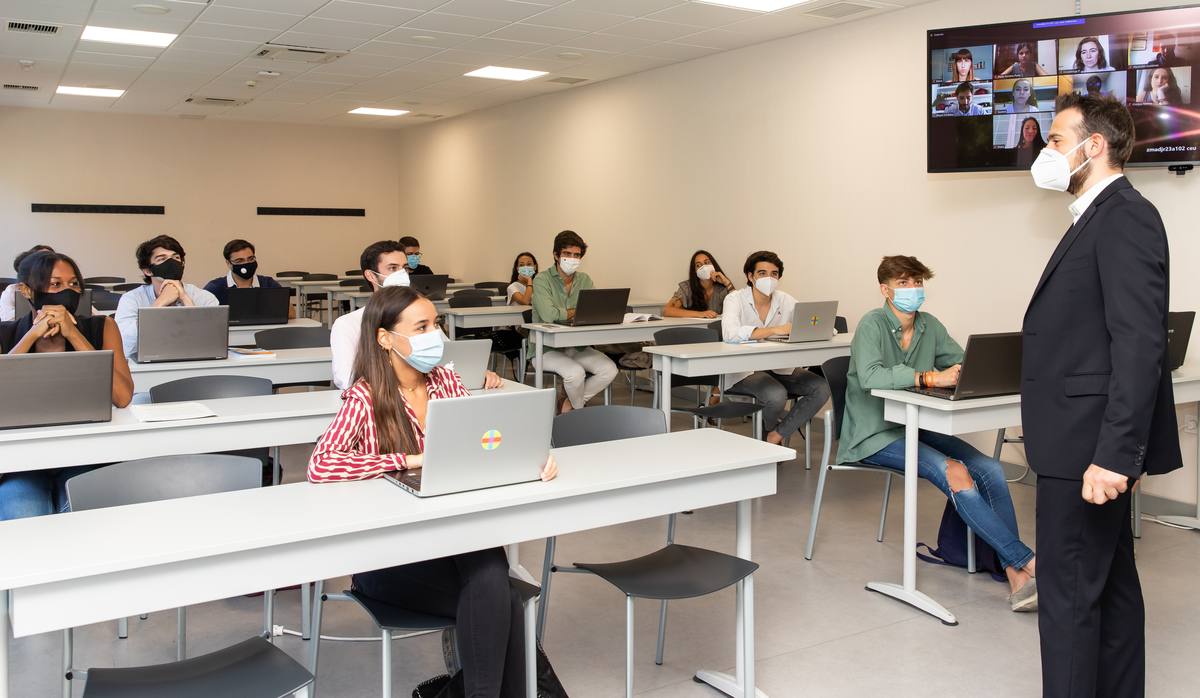
The innovative COIL methodology: online internationalization and collaborative work
18 December, 2020
The teachers of the future: innovation and continued education
28 December, 2020Learning to work in teams is something that has to be encouraged from the first years. Already at university, students have to work in teams as part of university life. Also, the development of this skill is essential for employability: knowing how to work efficiently with others is one of the most valued soft skills by recruiters.
What does collaborative work provide to team work?
Collaboration also provides team work with a broader dimension: each member provides ideas, knowledge and experiences to produce, among others, new knowledge. In order to turn into a collaborative professional, our students learn year after year to adapt to flexible groups, to contribute to their peers’ learning and to work to achieve common goals. Collaboration requires the constant effort of the members of the group but it achieves greater productivity and efficiency than with the most conventional team work.
The implementation of collaborative work in the company involves the flexible configuration of departments that adapt to the specific needs of each project. Also, it leads to fluid communication with spaces where each person can freely express opinions offering an added value. Therefore collaborative work is a step beyond team work: thus the task is achieved as a group rather than individually, knowledge is shared to enrich the group and the goal – rather than pure productivity- is to gain creativity and successfully develop the group.
Advantages of collaborative work
On the other hand, leadership is more informal in collaborative work represented by this series of advantages:
- Groups are more efficient and productive.
- Work hours are optimized and there is a better management of time.
- Improvement of communication avoiding mistakes.
- Enriching the resolution of problems as it provides different points of view.
- Improvement of work environments.
- Increase of motivation and the feeling of belonging.
Thus it is necessary to bear in mind that not everyone performs optimally when working with others and obtains better results when working alone. Also, in case of different work rhythms the decision making process may be more slowly. We may also observe a lack of mostly valued profiles and too many similar profiles which may reduce work fluency. Moreover a collaborative team requires greater maturity of its members as leadership is on the group itself rather than on individuals. Despite these disadvantages, collaborative work is ever more present in companies.
A good example of collaborative work in CEU Universities is the COIL (Collaborative Online International Learning). It is a new methodology focused on internationalization, experimental learning, online and in collaboration oriented to boost the international employability of our students.







